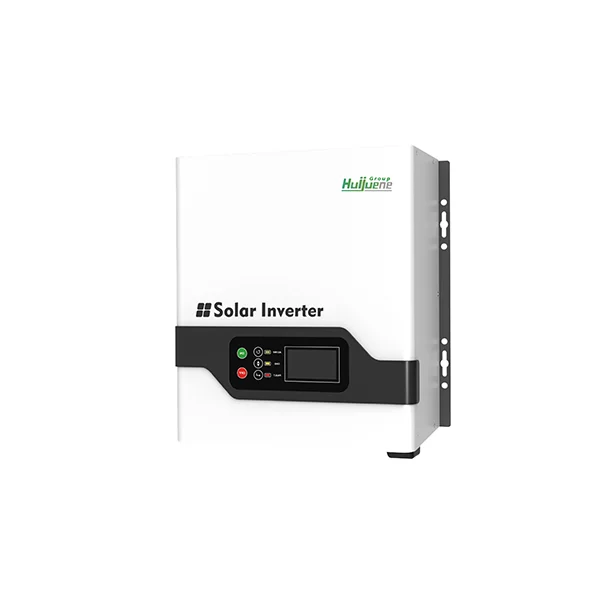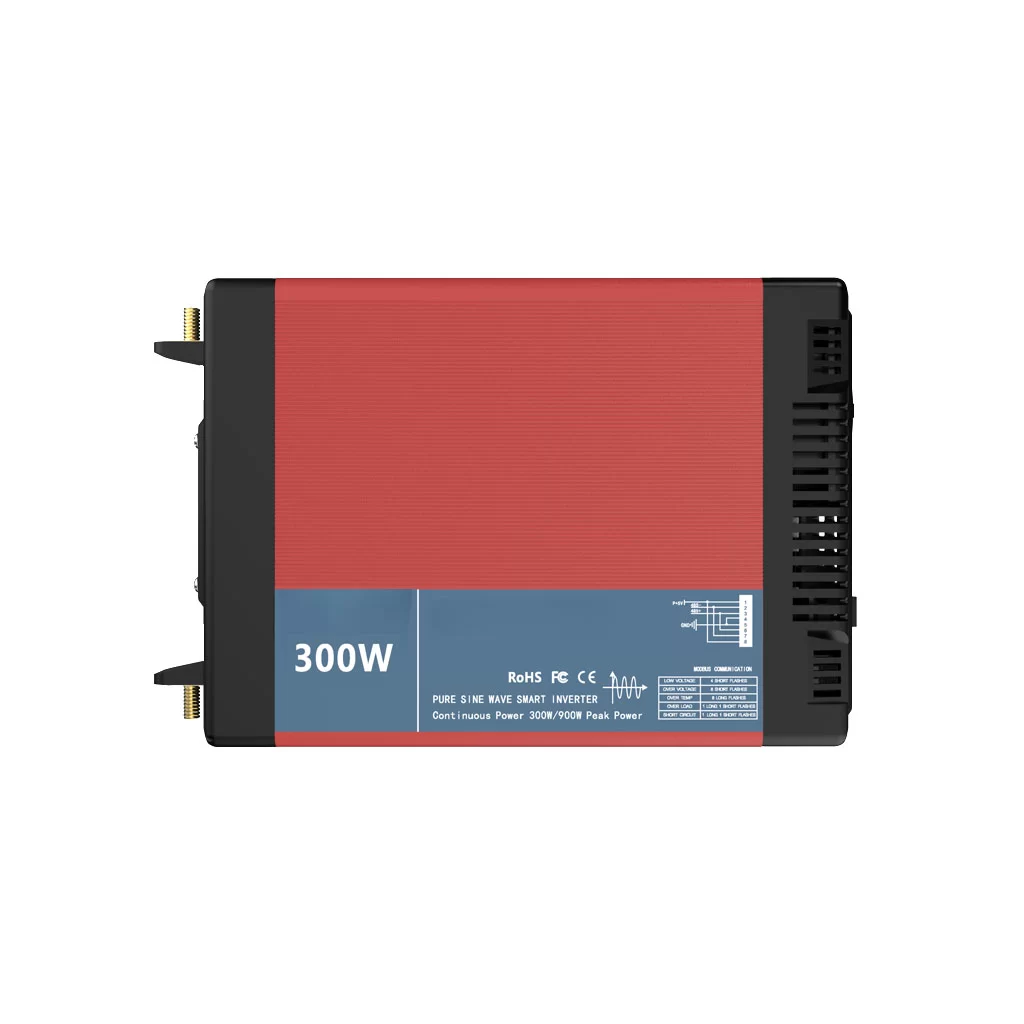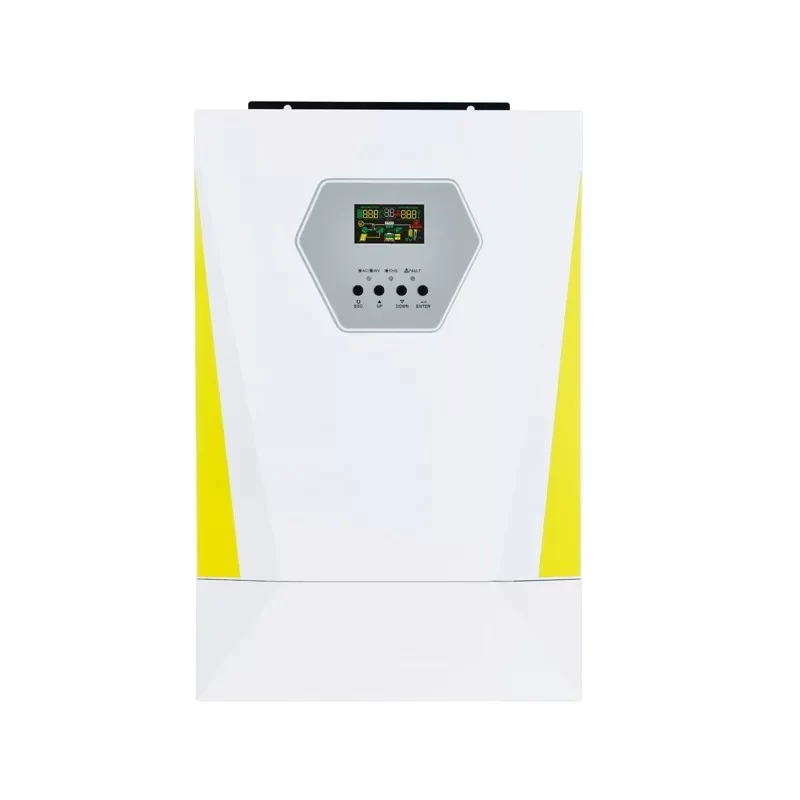Get A Quote Now!
How Do Solar Panels Charge a Battery Efficiently?
When you first look at a solar installation, it’s easy to see panels soaking up sunlight and wonder: how do solar panels charge a battery efficiently? Whether for roof-top systems, remote cabin, or off-grid container, understanding the path from sunshine → PV module → battery storage helps you get more out of your investment. In this guide we’ll walk through how solar charging works, what factors boost or kill efficiency, and real-world tips to make your setup run smoothly.
What Exactly Happens When Solar Panels Charge a Battery?
Definition: A solar panel converts sunlight into DC electricity, which then flows through a charge controller or inverter/charger into a battery bank where it is stored as chemical energy.
Key components and flow:
- Solar PV module → produces DC current/voltage
- Charge controller or MPPT unit → maximizes voltage/current to the battery
- Battery bank → stores the energy
- Inverter (if AC loads exist) → when needed, converts it back to AC
One of the most frequently asked questions: “Do I simply plug the solar panel into the battery and I’m set?” — Short answer: Not exactly, since without proper matching and protection you waste a great deal of potential efficiency and possibly damage your system.
Why Efficiency Is Important & What Average Efficiency Is
Your system is as good as how little waste it generates along the way: from panel → battery → load. As cited by the National Renewable Energy Laboratory (NREL), if well-designed PV-plus-battery system is used, charging from the matched PV module (and not from multiple AC/DC conversions) is stated to have a round-trip efficiency of about 87%.
So if you ask yourself: “Why isn’t every system getting 100%?”, the answer is losses from wiring, conversion, heat, and mismatching.
Here’s a brief table of rough losses:
Stage | Typical Losses | Impact on Efficiency |
PV conversion & mismatch | 5–10% | Panels underperform if mismatched |
MPPT / charge controller | 2–5% | Sub-optimal if low cost or poorly adjusted |
Wire/inverter losses | 3–7% | Increased runs, higher current increase loss |
Temperature & aging | Variable | Hot climates or old batteries age faster |
Step-by-Step: How Efficiently to Set Up Solar Panel → Battery Charging
- Migrate panel and battery voltages
Using an MPPT charge controller ensures that the solar module will run at its best voltage no matter what battery voltage is. For example, for a 24 V battery bank use, modules can be 36 V-or-higher nominal in order to have MPPT headroom.
- Reduce conversion steps
Every conversion—such as DC to AC and then DC again—incurs losses. The less conversion, the better. NREL states that an all-direct DC-coupled PV+battery design is more efficient by a few points than AC-coupled.
- Use good charge controller / battery management system (BMS)
A good MPPT controller will keep the panel output at its sweet spot irrespective of variations in sunlight and temperature.
- Reduce wiring, temperature & load mismatching
- Reduce wire runs and proper gauge to reduce resistive losses
- Maintain battery bank in optimal temperature (20-30°C) to achieve longest life and efficiency
- Design battery capacity based on expected solar generation and load profile
- Monitor and maintain
Use monitoring equipment to track how much energy the panels generate, how much battery saves, and how much gets wasted. This can warn of mismatches or inefficiencies before they become major problems.
Real-World Example: Remote Field Lab in Arizona
One of the remote field research stations in Arizona combined solar panels with a 48 V battery bank and MPPT controller. Given the high sunlight hours on-site, they sized their battery to equal about one full day of solar. The MPPT optimized for variable sun (clouds, dust), and the system had a measured round-trip efficiency of 83%—near optimal for actual conditions.
One of the site manager’s queries: “Can clouds kill all the efficiency?” — no, but routine shading or dusting heavily boost losses because the MPPT is constantly battling to find a steady maximum power point.
Why some systems still underperform
Running a PWM charge controller instead of MPPT will definitely cause losses much larger, especially in fluctuating light
Oversized or undersized battery in comparison to panel size causes either wasted generation or battery strain
Heat and poor ventilation decrease battery life and performance
Bypassing monitoring allows you to miss problems like dirty modules or loose connections early
Key Terms You Should Know
- MPPT (Maximum Power Point Tracking):A technology in charge controllers to maximize the power out from solar modules.
- Depth of Discharge (DoD):The percentage of the capacity that is being consumed. Higher DoD without management can shorten lifespan.
- Round-Trip Efficiency:How much energy you get out of the battery compared to how much you put in.
- DC-Coupled vs AC-Coupled:DC-coupled configurations have less conversion (more efficient) while AC-coupled might be simpler but not quite as efficient.
Thoughts Depending on Your Configuration
- For a home roof:Less wire, smaller panel size, and solid MPPT will typically do the job
- For off-grid cabins: Battery sizing is crucial—if the panel array is too large but battery is under-sized, a lot of energy is wasted
- For research or industrial applications:Monitoring and ambient temperature become critical. Temperature changes or dust can derate efficiency quickly
When you are asking yourself “Why is my battery charging slower than expected?”, most times the cause is one of the above. By verification of panel orientation, controller efficiency, battery condition and wiring, most issues can be resolved.
FAQs Built In Naturally
If my panels are shaded some of the day, can I charge the battery effectively?
Yes, but the MPPT will do more work and may not be at the optimal point; shade = lower rest-of-day generation.
Can I just use any solar panel with any battery and seek high efficiency?
Not really—voltages need to be compatible, a correct controller has to be used, and the battery has to be sized properly to maximize benefit.
Does the battery type affect charging efficiency?
Yes. New lithium-ion batteries charge more quickly and possess less internal resistance than older lead-acid banks, making the process more efficient overall.
And even with all of this information, your unique site conditions (lighting, wire length, battery temperature) will always play a large role in determining how efficient the process really is.






